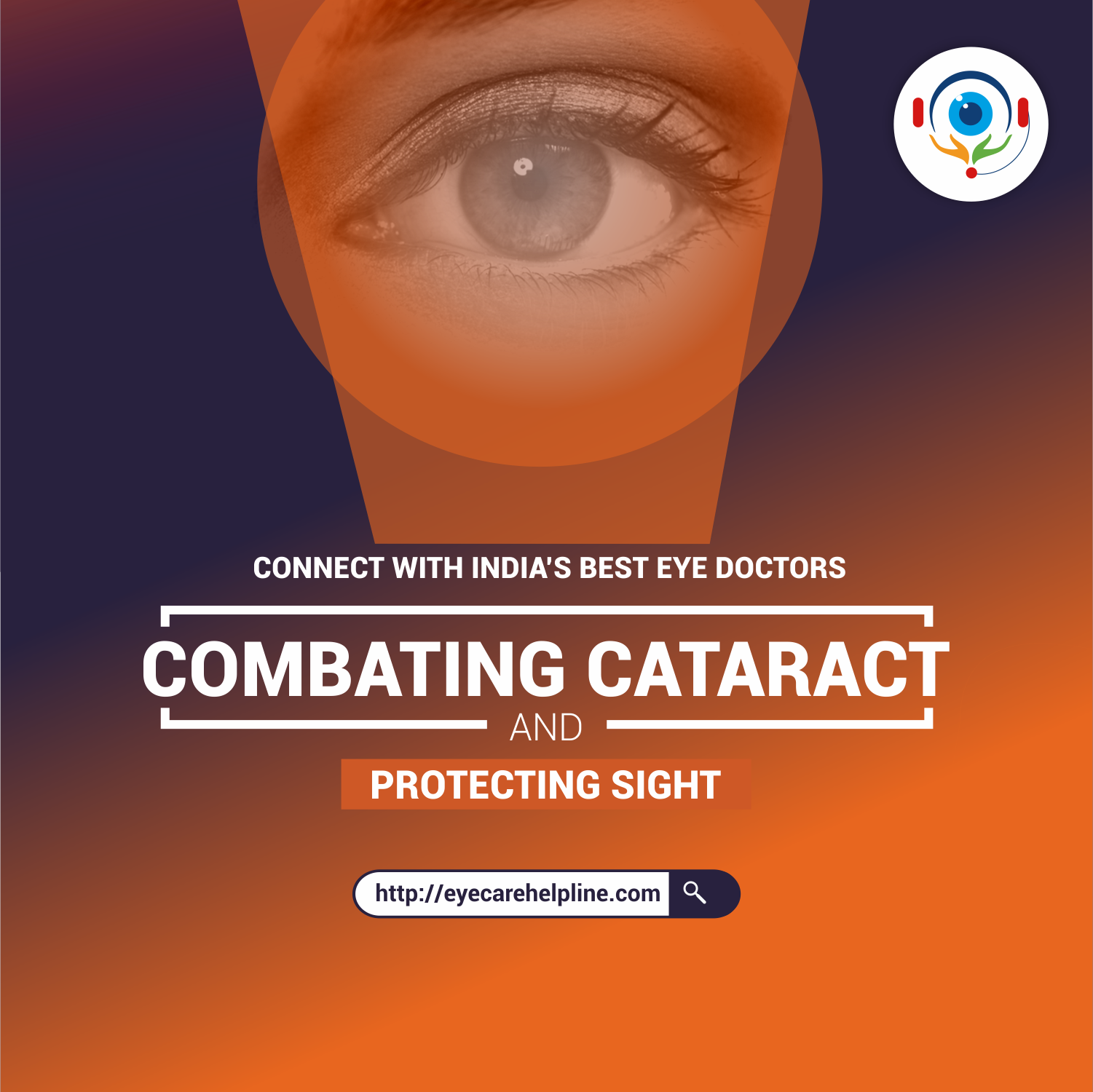- By: Dr. Chintan Dedhia
Multisystem disorder
Diabetes affects various organs of our body especially eyes, kidneys and nerves. Any age group can be affected.
Eye involvement in Diabetes
In comparison to people who don't have diabetes, diabetics have a greater chance of developing eye complications and blindness. Every part of the eye is affected. Following are various eye conditions caused due to diabetes.
1. Retinopathy
Retinopathy is caused when the retina (tissue located at the back of the eye) gets damaged due to abnormal blood flow. There are two types of retinopathy: Non-proliferative and Proliferative.
a. Non-proliferative Retinopathy
This is the most common type of retinopathy, wherein the capillaries (tiny blood vessels connecting arteries to veins) placed at the back of the eye are not able to control the passage of substances between the blood and retina so they tend to leak and this causes swelling. Also, abnormal outpouchings from blood vessels called microaneurysms and bleeding spots called retinal hemorrhages develop. This can occur into the central part of the retina called macula (where central vision gets focussed). When the macula swells with fluid, it leads to a condition called macula edema. Once macula edema develops, vision is blurred and distorted.
b. Proliferative Retinopathy
This type of retinopathy is characterised by the formation of new blood vessels in the retina due to damage and occlusion of blood vessels. These new blood vessels have weak walls and have the potential to leak out blood causing Vitreous hemorrhage. Thus, blocking vision.
They may also allow scar tissue to grow. Once this tissue shrinks, it can distort the retina or pull it out of place, leading to a condition called retinal detachment.
Proliferative retinopathy is a much more serious form of retinopathy.
2. Glaucoma
When pressure builds up in the eye and pinches the blood vessels carrying blood to the retina and also the optic nerve, it leads to glaucoma. Glaucoma occurs gradually, over a period of time. Initially, peripheral vision is lost and eventually, central vision is lost due to the damage caused to the optic nerve. The risk of getting glaucoma in patients with diabetes increases with age.
3. Cataract
When the lens of the eye gets cloudy and opacified, it is called cataract which affects vision. Diabetics develop cataracts at a relatively young age and also progresses faster as compared to non-diabetics.
Management:
Most important step is lifestyle modifications including physical activity, healthy balanced diet, cessation of smoking and strict systemic control of sugar, blood pressure and cholesterol levels. Early diagnosis and timely treatment is the key to prevent vision loss.
Treatment for Retinopathy:
Various treatment options are available to treat retinopathy. These include -
1. Laser Photocoagulation: Laser shots are fired on the retina with Green laser. In Pan Retinal Photocoagulation (PRP), few hundred burns are shot in two or more sittings which decrease the oxygen demand of retina. Hence, it reduces chances of progression of abnormal blood vessels and even decreases the chances of bleeding.
A focal laser is aimed at the swelling in the macula, which helps to reduce macular edema.
2. Anti-VEGF injections: These injections help in reducing swelling, lowering the chances of complications related to bleeding.
3. Vitrectomy: When the retina is detached and a large amount of blood has leaked into the eye cavity causing vision loss, Vitrectomy is the only treatment option. Scar tissue and the accumulated blood inside the eye is removed. Earlier the vitrectomy is done, the more successful it is.
In some cases, treatment may have to be repeated every few months depending on the severity of the eye problem.
Treatment for Glaucoma:
1. Medications in the form of Eye Drops are used to reduce pressure in the eye for glaucoma.
2. Many a times, laser or even Surgery may be required to treat glaucoma.
Treatment for Cataract:
1. The crystalline opacified lens of the eye is removed and replaced with a new, artificial Intra- ocular lens (IOL) to treat cataracts that interfere with vision.
Tips to Tackle Diabetes and related Eye Problems:
1. Strict control of blood sugar, blood pressure and cholesterol levels.
2. Healthy balanced diet inclu


